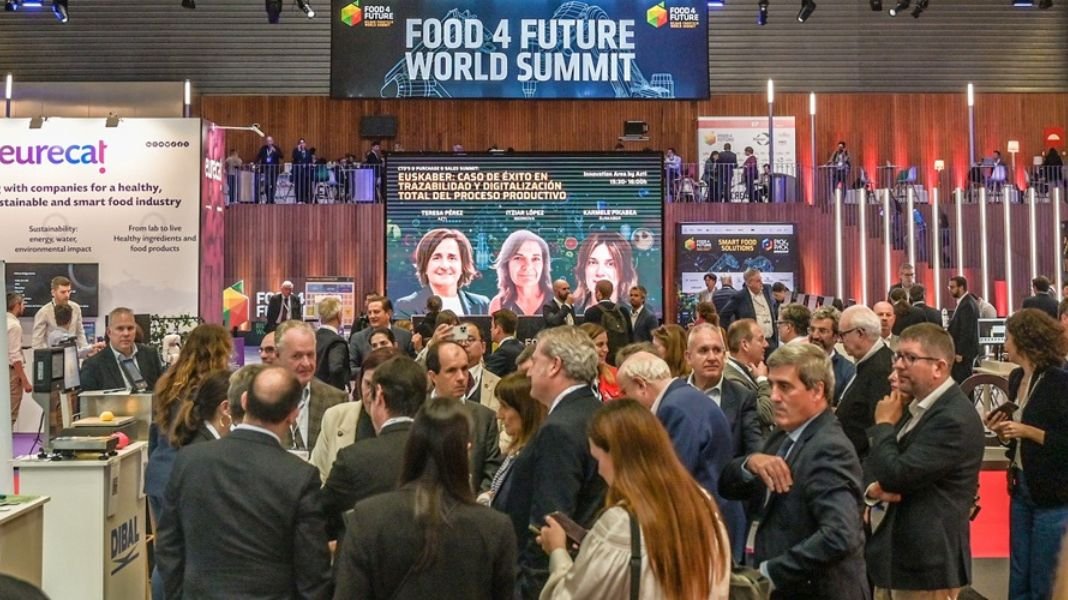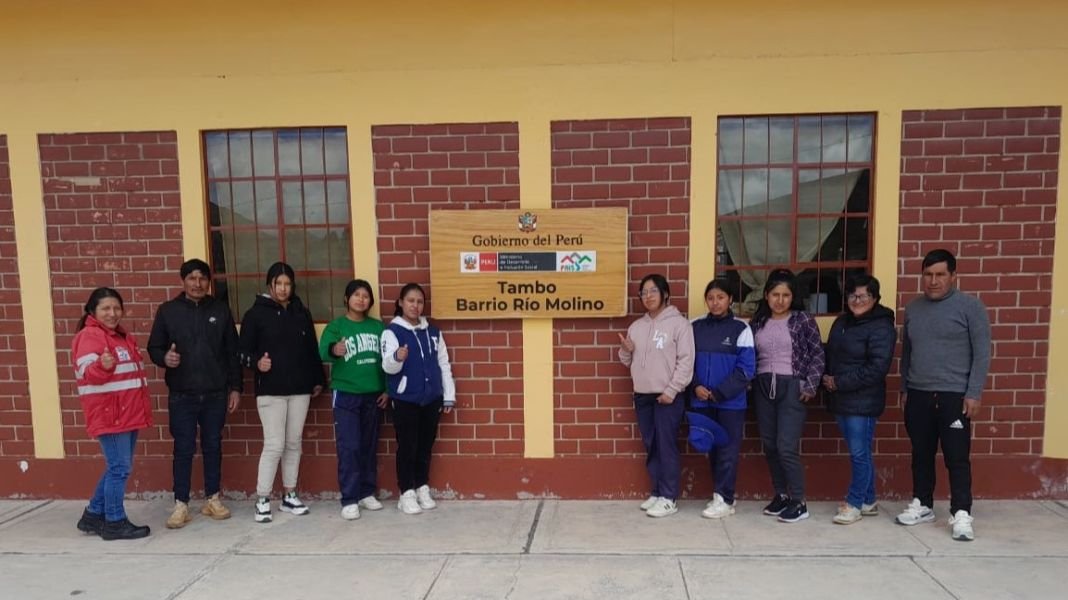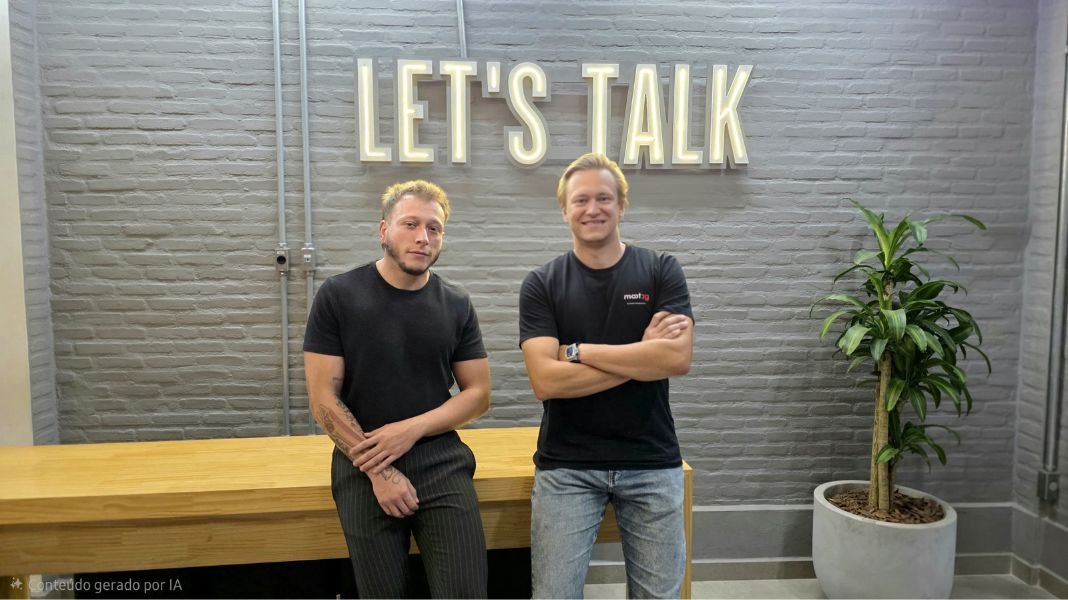Food 4 Future Anticipates the Future of Food: 10 Trends Transforming the Sector in 2025

Food 4 Future and Pick&Pack 2025 consolidate a shared agenda for the transformation of the food industry, driven by artificial intelligence, automation, real sustainability, and open collaboration, positioning themselves as Europe’s leading week for technological innovation in the food sector
Leading companies such as PepsiCo, Campofrío, Hijos de Rivera, Delaviuda, COVAP, Tutti Food Group, McCain, Angulas Aguinaga, Grupo Nueva Pescanova, and AZTI presented in Bilbao their most innovative strategies and solutions in AI, traceability, sustainability, smart packaging, and personalized nutrition
This year, Bilbao once again became the epicenter of food innovation with the joint celebration of Food 4 Future – Expo FoodTech and Pick&Pack for Food Industry.
This key event for the foodtech sector brought together over three days more than 8,500 professionals, 379 national and international experts, and nearly 250 leading exhibitors in food and innovation, to set the foundations for the future of an industry in need of a structural transformation based on technology, sustainability, and collaboration. Thanks to the insights shared by key players across the value chain, Expo FoodTech and Pick&Pack for Food Industry, together with AZTI’s technological innovation team, have outlined a 10-point roadmap shaping the sector in 2025:
1. Artificial Intelligence is already changing everything
AI has established itself as the cross-cutting technology throughout the agri-food chain. From crop yield forecasting to industrial process automation and logistics optimization, its impact is tangible: reduced costs, lower energy consumption (-40%), and decreased CO₂ emissions (-35%). Companies such as Eurecat and UMYNO Solutions presented solutions integrating digital twins, machine learning, and ERP-connected platforms, proving that AI not only improves processes but also drives more sustainable, resilient, and consumer-focused models.
2. Robotics and automation: from vineyard to shelf
Smart robotics is transforming everything from precision agriculture to in-plant logistics. In the field, sensors and robotic arms analyze crop conditions in real time to optimize harvests. In industrial environments, solutions such as Beckhoff Automation’s XPlanar—based on magnetic levitation—allow frictionless movement of objects, reducing mechanical wear and improving energy efficiency. Additive manufacturing (3D printing) also enables on-demand production of custom spare parts, reducing downtime and logistics costs. Companies are seeking automation without losing adaptability.
3. 360º sustainability: from commitment to data
Sustainability is no longer a label; it is becoming a systemic transformation. It’s not just about reducing emissions, but integrating economic, social, and environmental indicators into business models. Tools like Envirodigital, developed by AZTI, allow measurement, prediction, and reduction of the environmental impact of food products throughout their lifecycle. Based on the EU’s Product Environmental Footprint (PEF) methodology, this software analyzes 16 environmental categories, identifies critical points, and facilitates eco-design strategies to improve environmental performance. Initiatives from McCain (targeting 100% regenerative agriculture by 2030), PepsiCo (with its zero-emissions plant in Etxabarri), and cooperatives like Kaiku and COVAP demonstrate that sustainability is now a competitive advantage.
4. Radical transparency and total traceability
Traceability has become a must. Technologies such as blockchain, smart labels, dynamic QR codes, and geolocation systems make it possible to track food from source to point of sale, ensuring authenticity and reducing the risk of food fraud. Carrefour has already implemented blockchain systems for fresh products, while platforms such as OpenSC and Provenance are democratizing access to these tools. Transparency is now a key competitive factor and a powerful differentiator in an increasingly demanding market.
5. Talent and innovative culture: the silent engine
One of the most urgent challenges for the food industry is the lack of specialized talent. In a context of unprecedented digital and sustainable transformation, there is a shortage of technical profiles with expertise in robotics, AI, or data analytics. Expo FoodTech 2025 emphasized that simply hiring professionals is not enough—companies must build attractive, flexible cultures aligned with the values of new generations. Retaining talent means offering purposeful projects, real growth opportunities, and trust-based environments. Investing in human capital will be as decisive as investing in innovation.
6. Open innovation ecosystems
The food sector is adopting open innovation and co-creation models to accelerate transformation. Platforms such as the newly launched Sandbox AgriFoodTech enable startups, technology centers, and companies to work together on disruptive solutions with technical support, resources, and market orientation. The sector’s pace of change demands strategic alliances that transcend competition, encourage knowledge sharing, allow small-scale experimentation, and quickly scale what works. The key to future success will be building flexible networks with a global vision and local action.
7. New proteins and precision fermentation
Biotechnology is revolutionizing our diets. Precision fermentation, cell cultivation, and ingredients such as fungi, algae, or rubisco are creating new proteins with high nutritional value and low environmental impact. Organizations like AZTI are developing functional foods that match traditional products in taste and texture, while delivering sustainable benefits. These solutions not only meet growing demand but also pave the way for more accessible, ethical, and planet-friendly diets.
8. Personalized nutrition for proactive health
Personalized diets are now a reality thanks to advances in genetics, microbiota research, AI, and sensory technologies. Startups and centers like AZTI are creating solutions that tailor nutrition to individual needs based on biological profiles, lifestyles, or health conditions. This approach not only improves well-being but also prevents chronic diseases and promotes active aging. According to EIT Food, by 2050, 30% of Europeans will be over 65, and nutrition will be key to maintaining quality of life.
9. Packaging: innovation that informs, preserves, and connects
Packaging is no longer just a container—it is a communication channel, a logistics tool, and a sustainability driver. At Pick&Pack 2025, innovations such as smart labels, biodegradable materials, and edible packaging were showcased. These solutions not only optimize product life cycles but also enhance the consumer experience. According to EIT Food’s Consumer Observatory, 51% of Europeans prioritize healthy and sustainable options, and packaging acts as a key guide in that decision-making process.
10. Smart and resilient logistics
Digitalization has reached logistics, traditionally one of the more opaque areas. Cold chain monitoring, predictive analytics, and AI-powered dynamic routing are helping reduce losses, minimize emissions, and ensure food safety. Pick&Pack for Food Industry 2025 presented successful case studies in logistics digitalization, highlighting this area’s role as a strategic lever for competitiveness and resilience in the face of disruptions such as health crises or geopolitical conflicts.







